An electric bike is a bicycle equipped with a motor and rechargeable battery, assisting the rider’s pedalling, making it easier to travel longer distances with less effort.
Embarking on the journey to purchase your first electric bike? Take the pedal-assisted route to a greener commute! Navigating the world of electric bikes is a breeze – from choosing the right model to finding the best deals, we’ve got your back. Discover the joy of eco-friendly riding and explore our simple guide to electrify your biking experience.
To purchase an electric bike, start by determining your budget and intended usage. Research various models online, considering factors such as motor power, battery capacity, and design. Visit local bike shops to test ride different models, and inquire about warranties and after-sales support. Once you’ve made your choice, make the purchase either in-store or online, ensuring to review the seller’s return policy and arrange for any necessary assembly or maintenance.
E-Bike Classifications

E-bikes, or electric bikes, come in various classifications based on their design and functionality. These classifications help riders understand the capabilities and usage of different e-bike types. Here are some common e-bike classifications:
Pedal Assist (Class 1):
- Also known as pedelecs, Class 1 e-bikes provide assistance only when the rider is pedalling.
- The electric motor stops assisting once the bike reaches a certain speed (usually around 20 mph or 32 km/h).
- These bikes offer a natural riding experience, with the motor providing a boost to the rider’s pedalling efforts.
Throttle on Demand (Class 2):
- Class 2 e-bikes come with a throttle that allows riders to control the electric motor without pedalling.
- The motor can propel the bike up to a certain speed, typically similar to Class 1 e-bikes.
- Riders have the option to use the throttle for an extra boost without pedalling.
Pedal Assist with Throttle (Class 3):
- Class 3 e-bikes combine features of both Class 1 and Class 2.
- They provide pedal assistance, like Class 1, but can also be equipped with a throttle like Class 2.
- The motor assistance typically stops at speeds similar to Class 1 e-bikes.
Speed Pedelec (Class 4):
- Also known as S-Pedelecs, Class 4 e-bikes are designed for higher speeds.
- They can assist the rider up to speeds around 28 mph (45 km/h) or even faster.
- Generally subject to more stringent regulations and may require a license or registration in some places.
Off-Road (Class 5):
- Class 5 e-bikes are specifically designed for off-road or mountain biking.
- They often have a more powerful motor and robust components to handle challenging terrains.
- Riders should adhere to local trail regulations when using off-road e-bikes.
Things You Should Look Out For Before Buying An e-Bike
| Aspect | Consideration |
| Battery Life | Check capacity and range per charge for daily use. |
| Motor Power | Consider the motor’s strength, especially for varied terrain. |
| Pedal Assist Levels | Ensure customizable levels to match your riding preferences. |
| Charging Time | Evaluate how long it takes to fully charge the battery. |
| Weight and Build | Balance weight for easy handling and consider build quality. |
| Frame Size & Comfort | Choose a suitable frame size for your height and comfort features. |
| Type of E-Bike | Select based on your intended use: commuter, mountain, folding, etc. |
| Brand Reputation | Research the brand’s reputation and read customer reviews. |
| Legal Regulations | Be aware of local e-bike regulations and ensure compliance. |
| After-Sales Support | Check warranty and after-sales support for potential issues. |
Where and how to buy an e-bike?
Research: Start by researching different e-bike models, brands, and features to determine the type that suits your needs. Consider factors such as battery life, motor power, design, and intended use. Look for reviews and ratings to gauge user satisfaction.
Set a Budget: Determine your budget for the e-bike, considering not only the initial purchase cost but also any additional accessories or maintenance expenses. E-bikes come in various price ranges, so establishing a budget will help narrow down your options.
Visit Local Bike Shops: Check out local bike shops to see if they carry e-bikes. Speak with knowledgeable staff who can provide insights, answer questions, and allow you to test-ride different models. Take note of warranty and after-sales support, as this can be crucial for maintenance and repairs.
Online Retailers: Explore online platforms and e-commerce websites that specialize in e-bikes. Read product descriptions, customer reviews, and warranty information. Some online retailers offer competitive prices and a wide selection, but be sure to factor in shipping costs and assembly requirements.
Compare Offers: Once you’ve identified specific e-bike models you’re interested in, compare prices and deals from different sources. This includes local bike shops, online retailers, and even potential promotions or discounts.
Buy an electric bike online
Buying an electric bike online is a convenient and straightforward process. Begin by researching various e-bike models, considering factors such as battery life, motor power, and design. Once you’ve decided on a specific model, visit reputable online retailers specializing in electric bikes. Read product descriptions, customer reviews, and warranty information to ensure you make an informed decision.
Compare prices across different websites and check for any ongoing promotions or discounts. When you’re ready to make a purchase, add the e-bike to your online cart and follow the secure checkout process. Be mindful of shipping costs and delivery times, and consider any assembly requirements. Many online platforms also provide customer support to address any questions or concerns you may have during the buying process.
What accessories do you need?
When gearing up for your e-bike adventures, consider a few essential accessories to enhance your riding experience. Start with a reliable helmet to prioritize safety. A good lock is crucial for securing your e-bike when parked, and front and rear lights help ensure visibility, especially in low-light conditions.
Invest in a comfortable saddle for longer rides, and don’t forget a water bottle holder to stay hydrated on the go. If you plan on carrying items, a sturdy bike rack or panniers can be handy. A basic toolkit for minor repairs and a bike pump is useful for maintenance. Tailor your accessories to your specific needs and enjoy a well-equipped e-bike journey.
Frequently Asked Questions
Where can I buy an e-bike?
You can purchase e-bikes from various sources, including local bike shops, speciality e-bike dealerships, and online retailers. Many cities also have electric bike rental shops that may offer sales as well.
How do I choose the right e-bike for me?
Consider factors such as your riding preferences, intended use (commuting, leisure, off-road), budget, and desired features like battery range and motor power. Test-riding different models can help you find the e-bike that best suits your needs.
Can I buy an e-bike online?
Yes, many e-bikes are available for purchase online through websites of reputable manufacturers, retailers, or marketplaces. Make sure to read reviews, check warranty information, and understand the return policy before making a purchase.
Are there any local incentives or discounts available for e-bike purchases?
Check with your local government or utility providers, as some regions offer incentives or discounts to promote eco-friendly transportation, including e-bike purchases. Additionally, some employers may provide commuter benefits that cover the cost of e-bikes.
What maintenance is required for an e-bike?
Regular maintenance for e-bikes includes keeping the battery charged, checking tire pressure, lubricating the chain, and ensuring all electrical components are in good condition. It’s advisable to follow the manufacturer’s maintenance guidelines and, if needed, consult a professional bike mechanic for more complex issues.
Conclusion
Purchasing an e-bike can be an exciting and eco-friendly investment. When considering where and how to buy one, it’s essential to research reputable retailers both online and in local stores. Take the time to read customer reviews, compare features, and consider your specific needs before making a decision.
You choose to buy from a dedicated e-bike shop, a general bicycle store, or an online platform, and ensure that the seller provides reliable customer support and warranty options. Test rides and thorough inquiries about the bike’s specifications can help you make an informed choice. By following these guidelines, you can confidently embark on your e-bike journey, enjoying the convenience and sustainability it brings to your daily commute or recreational activities.

I’m passionate electric scooter enthusiast and the voice behind this blog. I’m here to share my expertise and insights with you. From in-depth reviews to problem-solving guides, my goal is to help you make the most of your electric scooter experience.
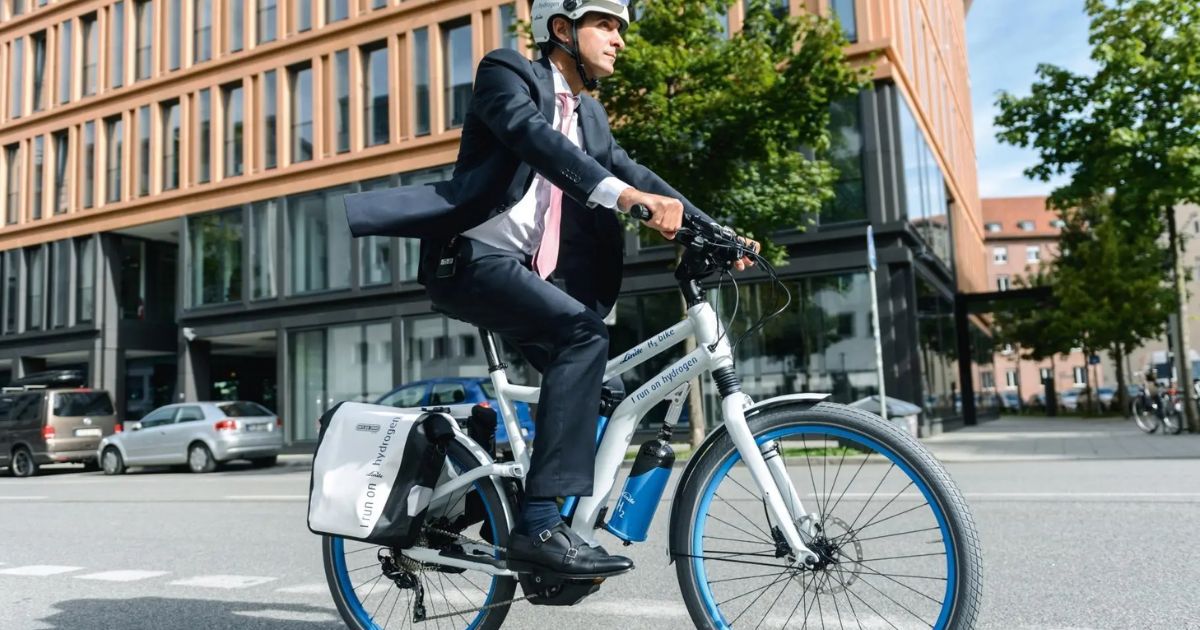
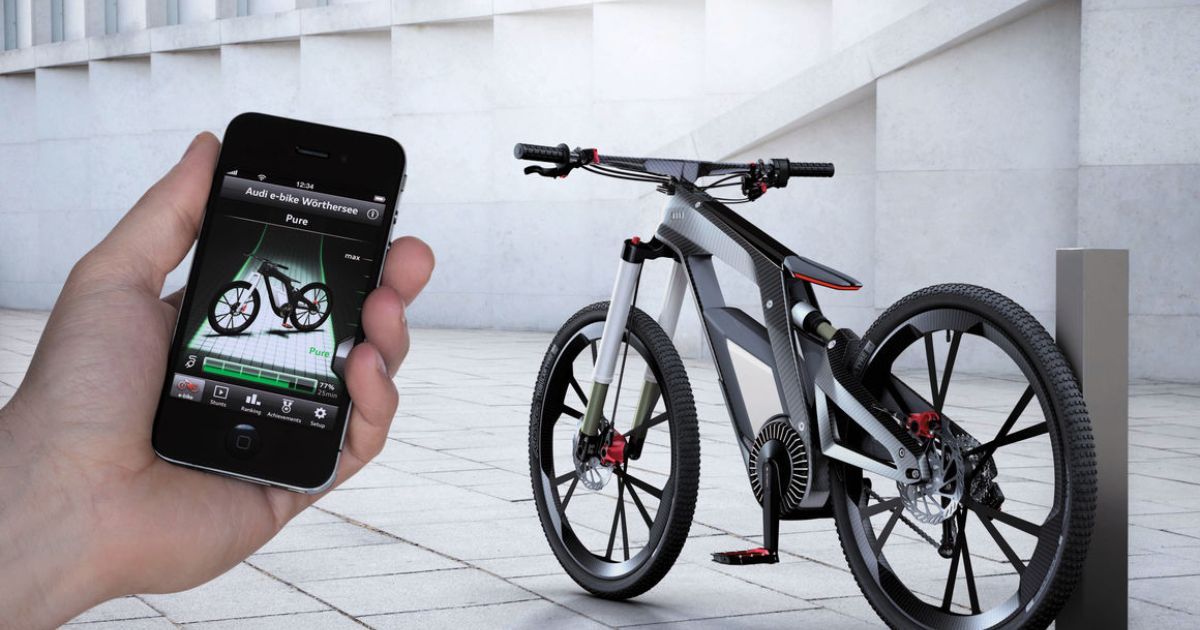
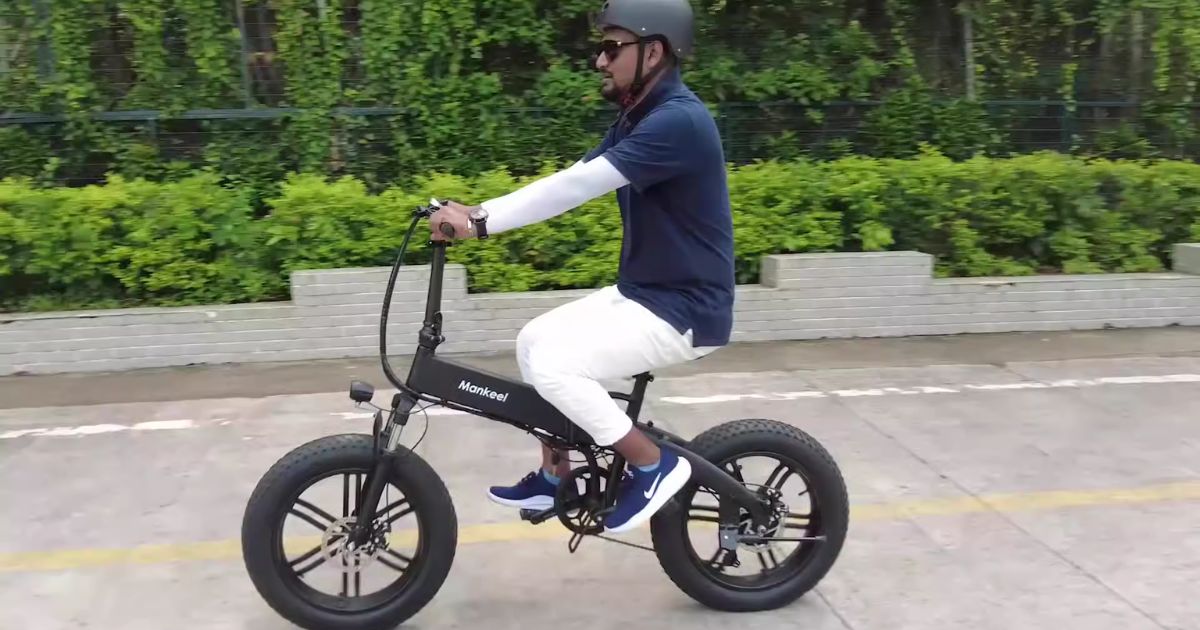
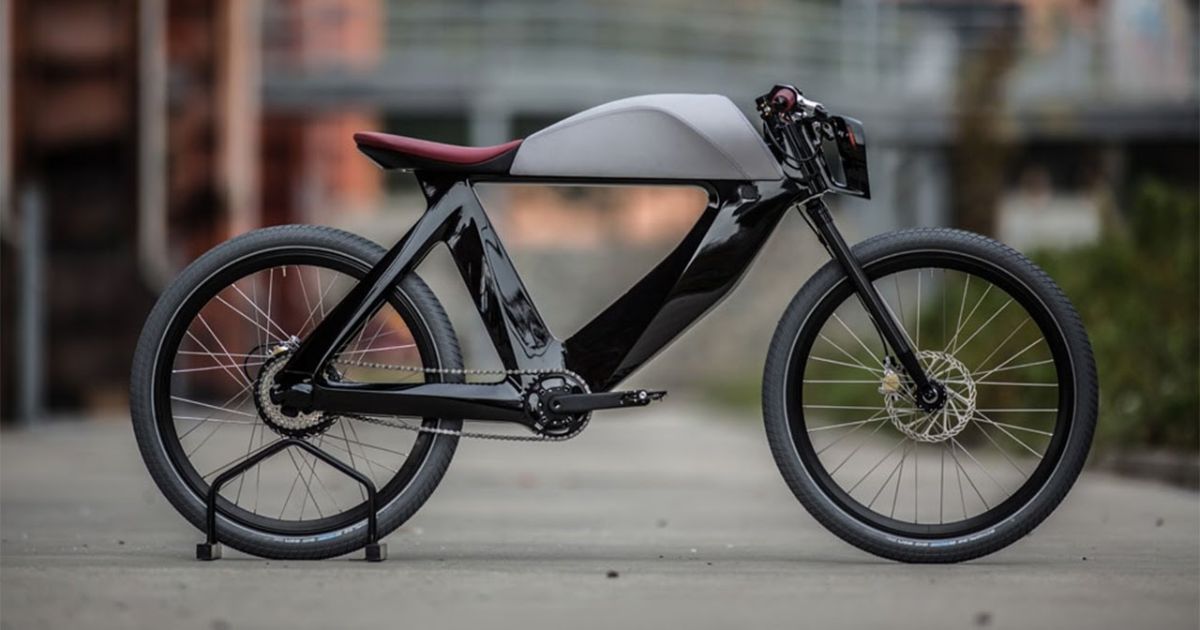
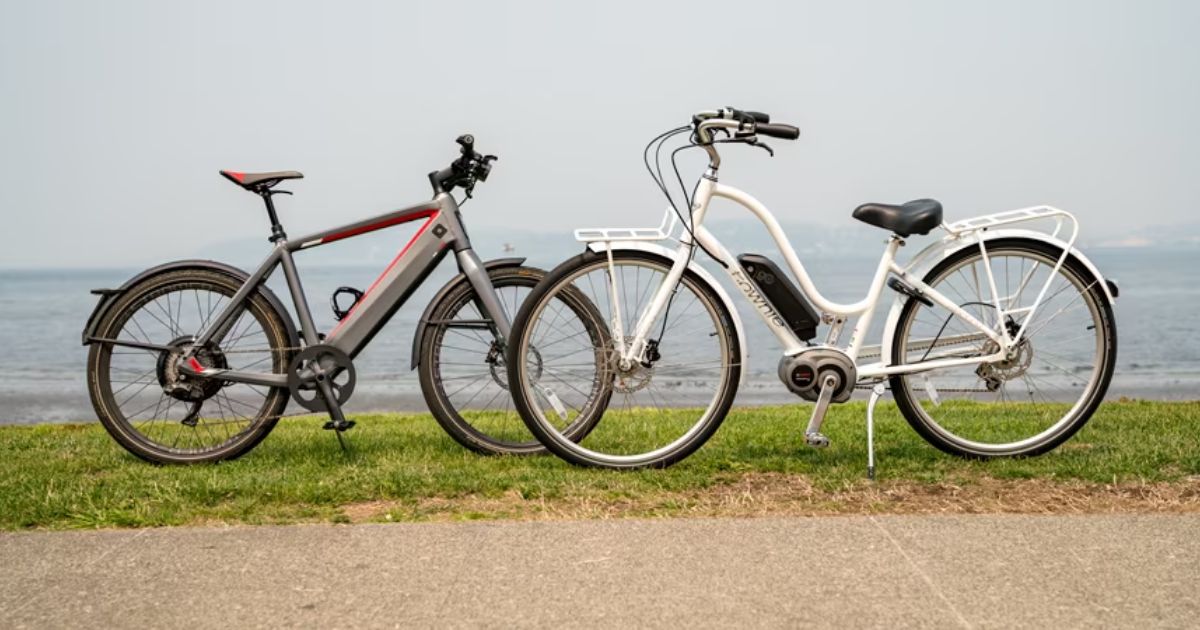
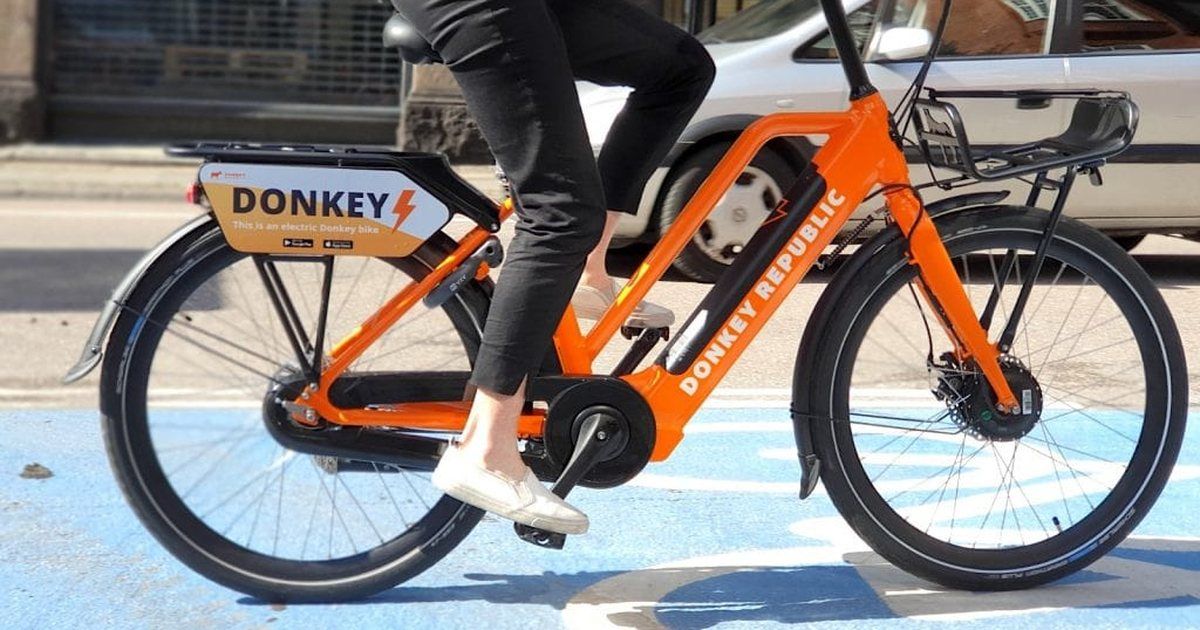
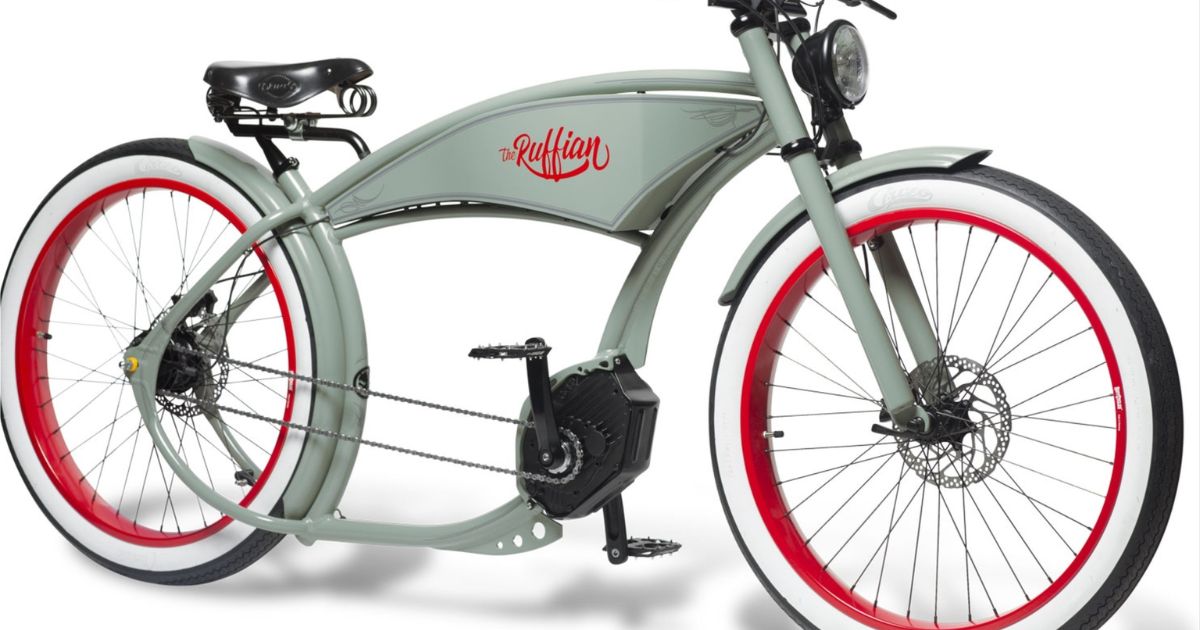


![Gomyfinance.com Invest: I Made $5,000 in My First Month [Real Results 2025]](https://electopolo.com/wp-content/uploads/2025/05/Gomyfinance.com-Invest-I-Made-5000-in-My-First-Month-Real-Results-2025-150x150.jpg)


